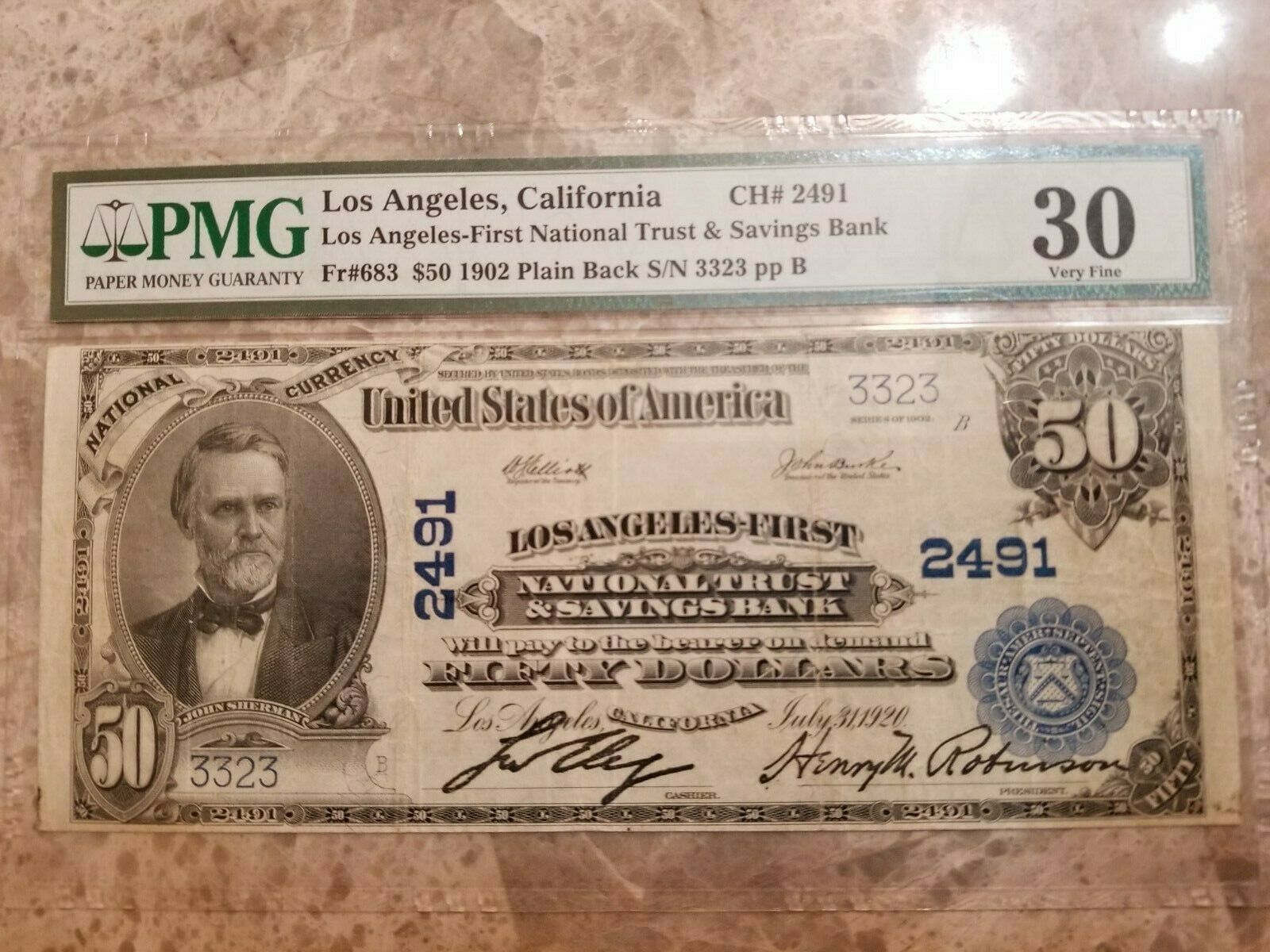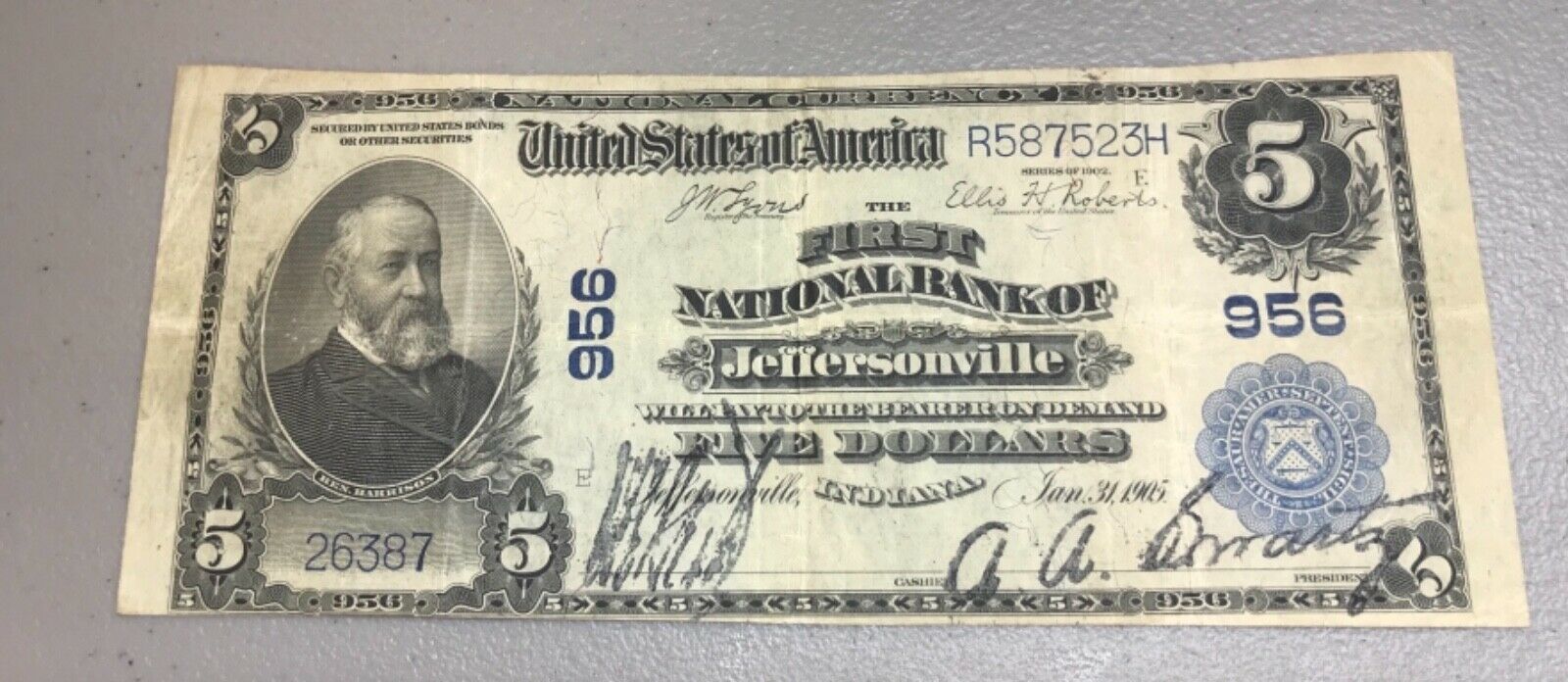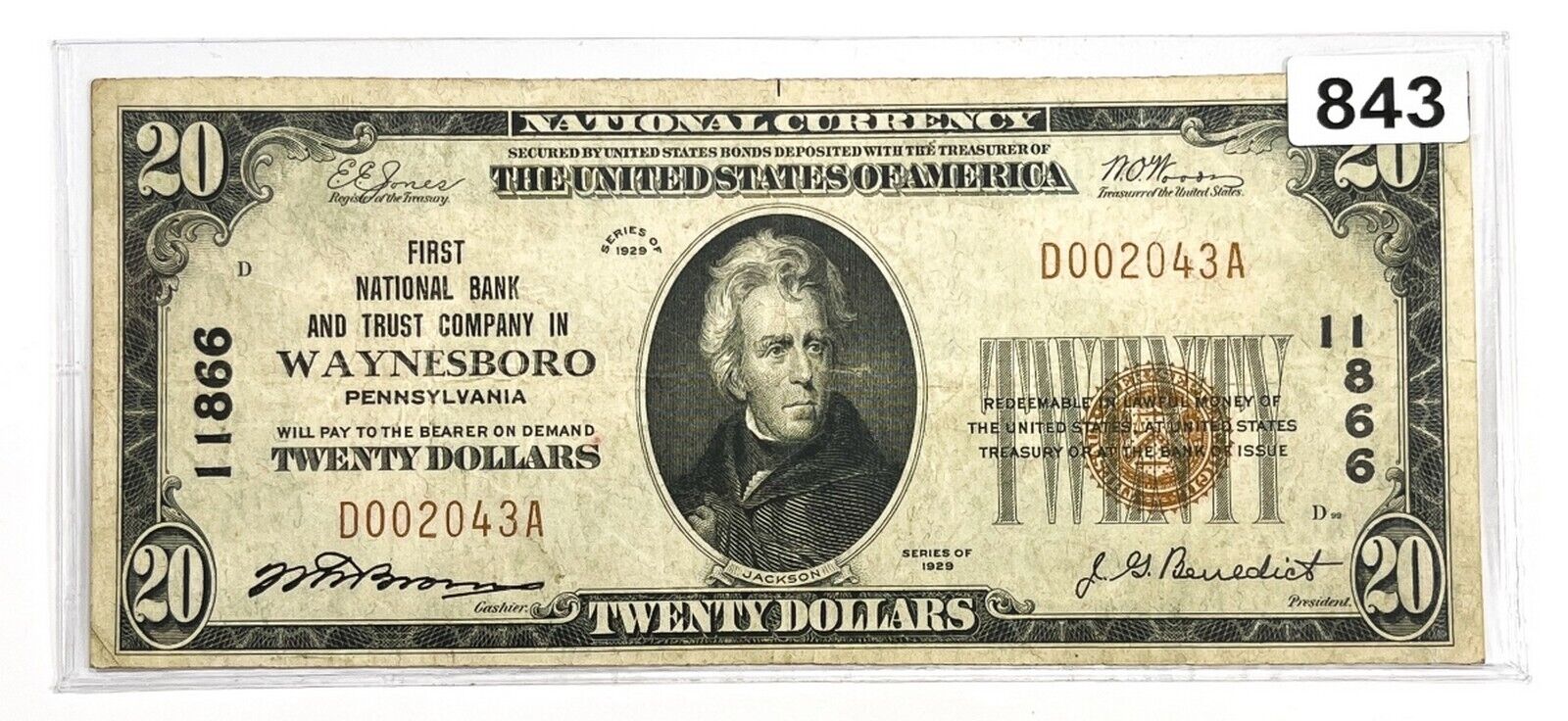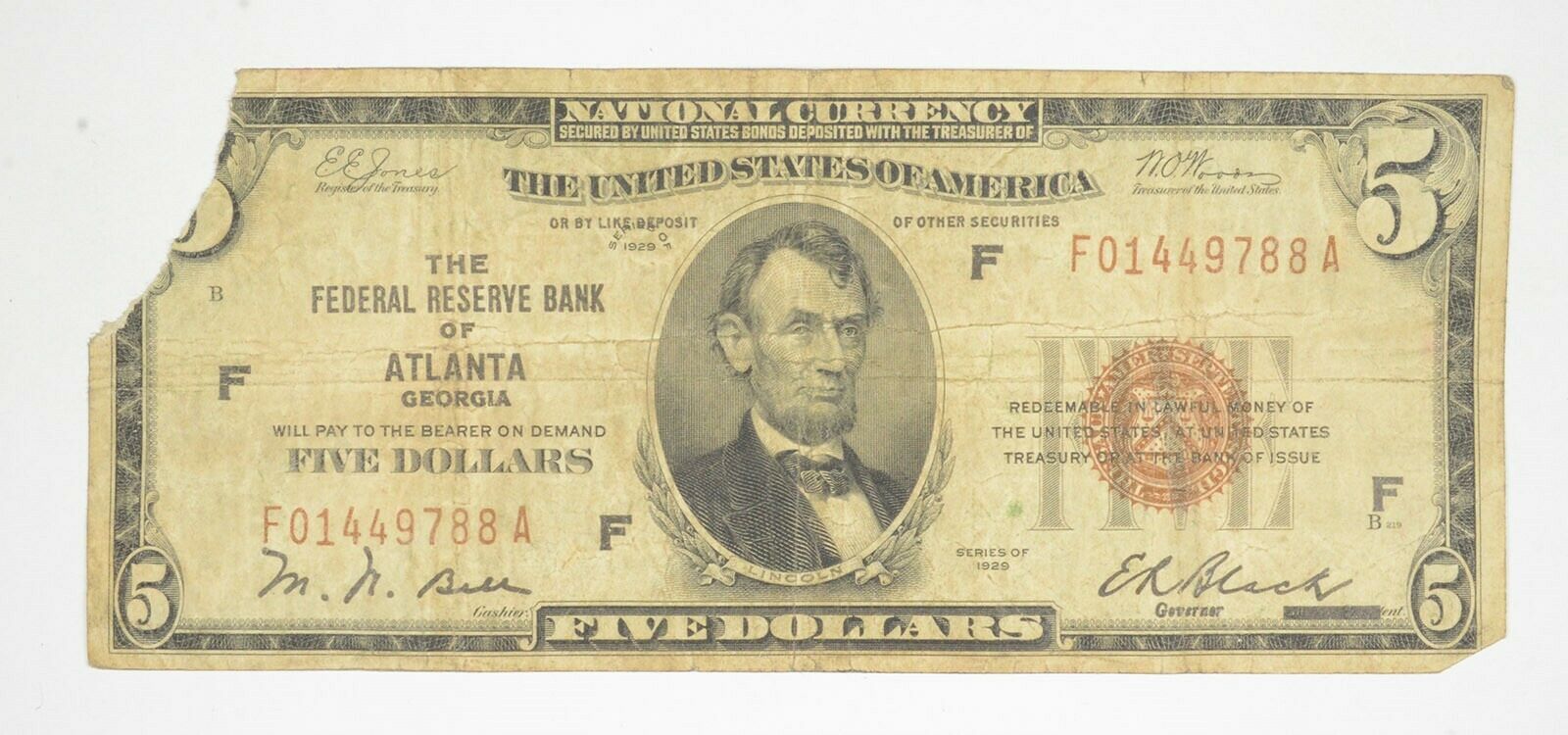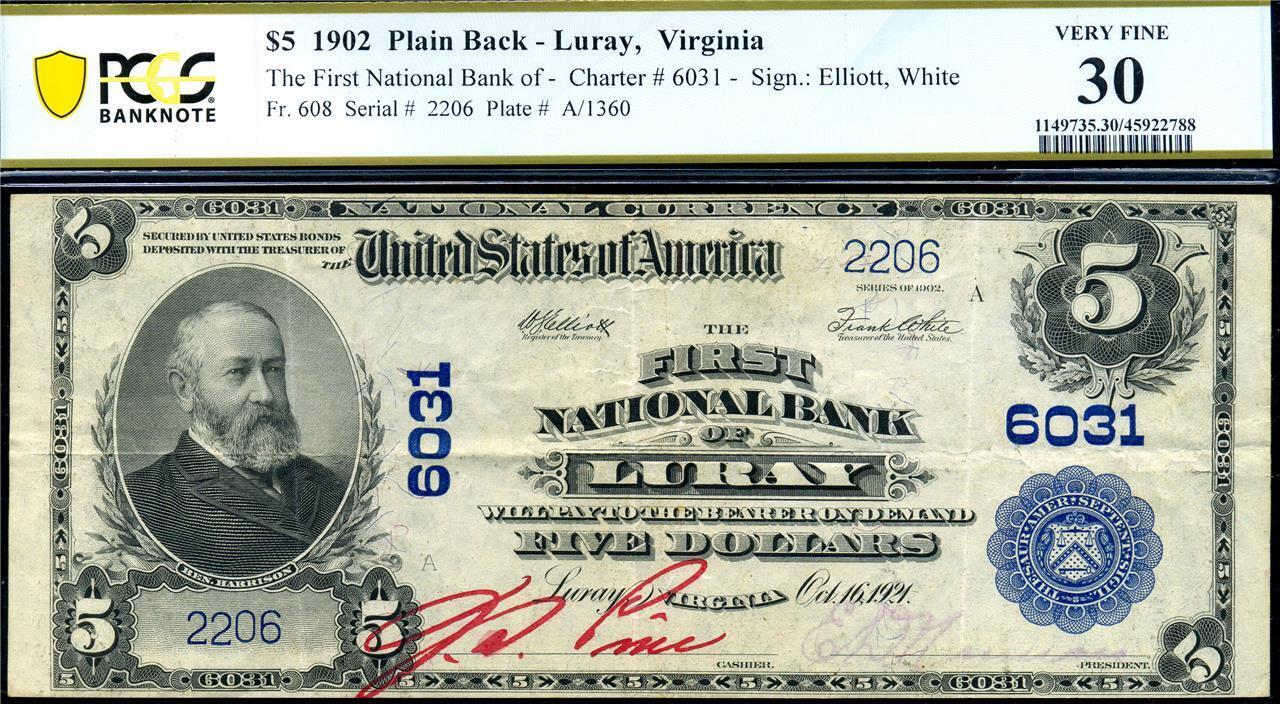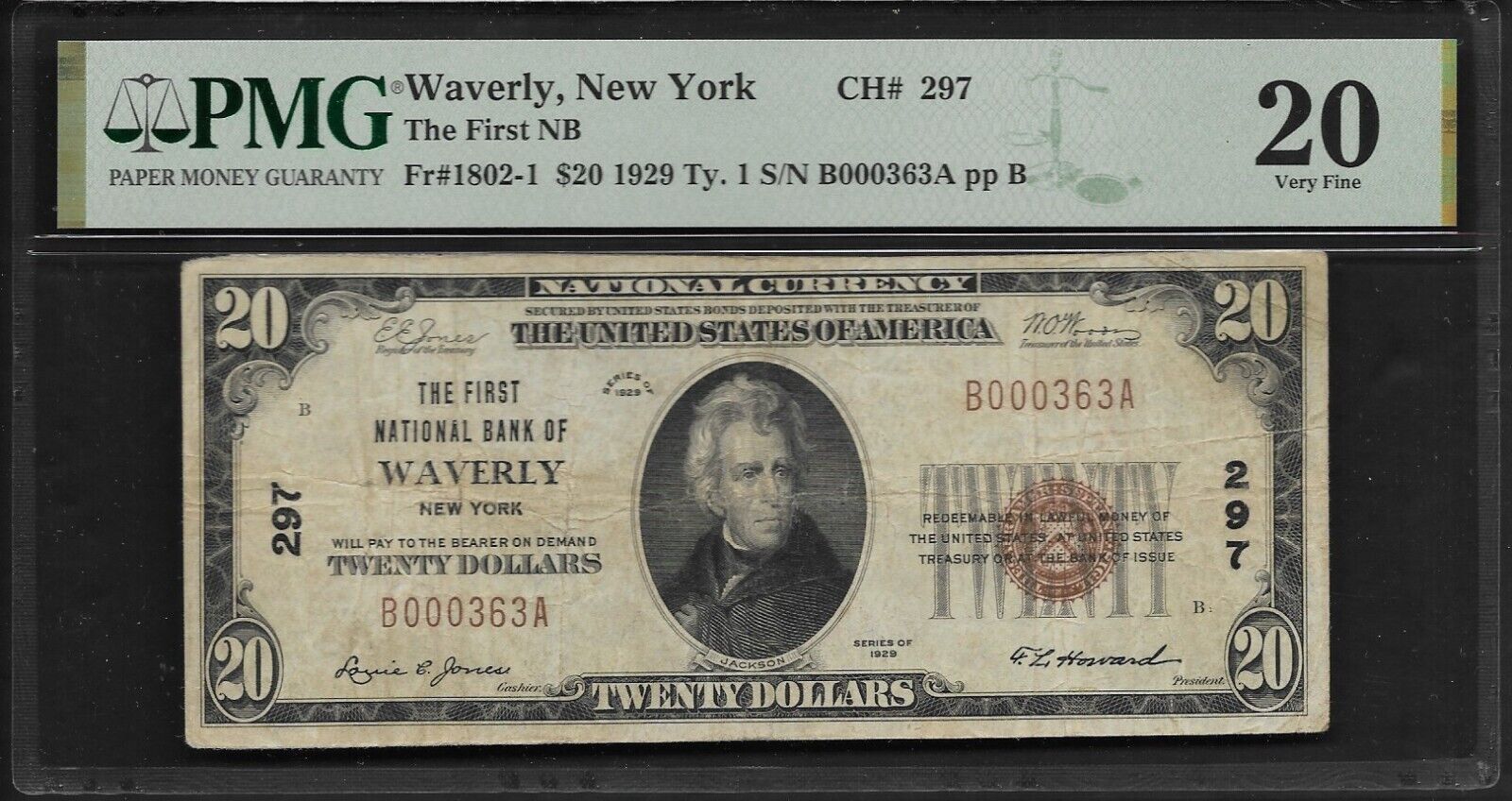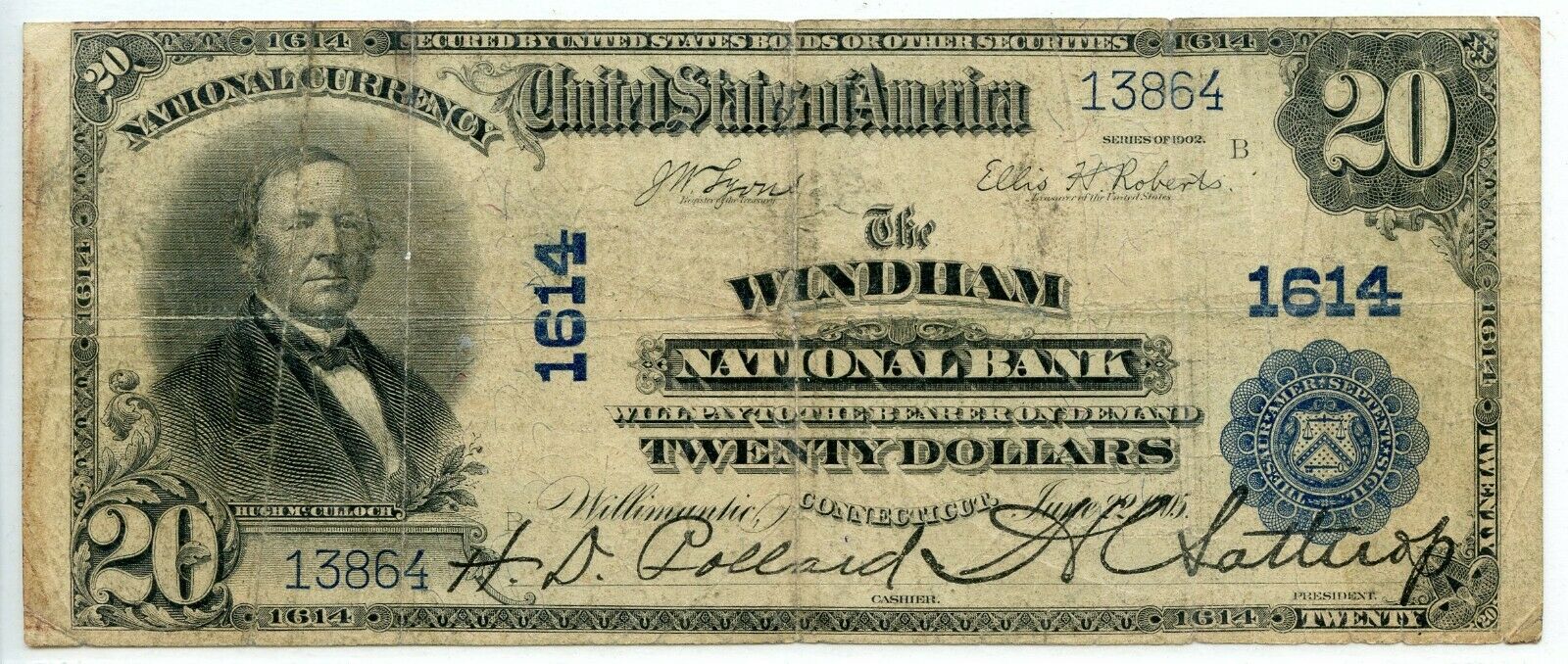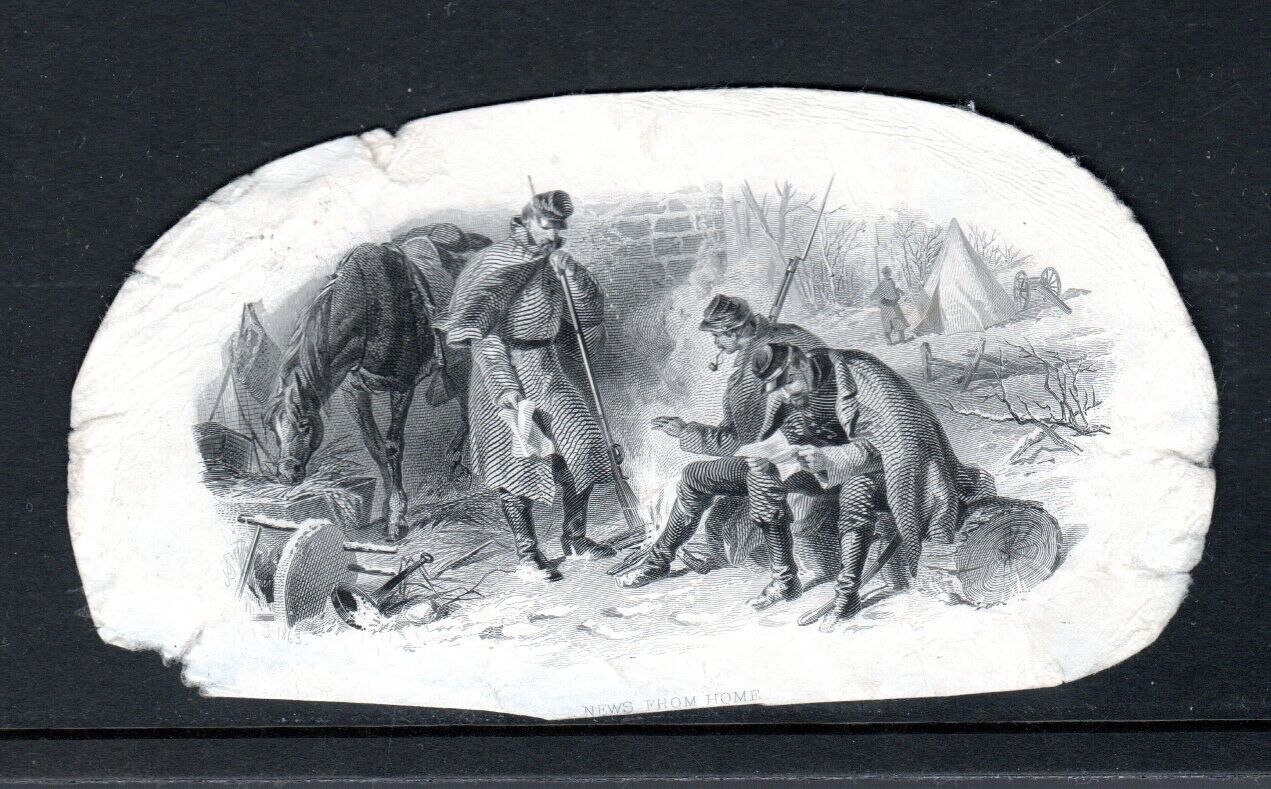-40%
1902 PB Chicago IL West Side National Bank Polish Russian Jewish bank Scarce
$ 27.98
- Description
- Size Guide
Description
Title: 1902 PB, West Side National Bank of Chicago, IL. Polish Russian Jewish Bank, Very scarce.During the week ending 2 February 1917 the West Side National Bank of Chicago filed an application to the Comptroller of Currency in Washington DC for authority to organize a National Bank.
In anticipation of its approval the
Chicago Tribune published the following notice on 19 May 1917:
Roger Sullivan Back of New West Side National Chicago.
Chicago is to have a new national bank within a few weeks. It will be called the West Side National bank and will occupy the quarters once occupied by the old Lorimer bank. the Ashland and Twelfth State bank, at Ashland avenue and Twelfth street.
The new institution is backed by Roger Sullivan, some of his friends, and several west side business men. It will start with capital and surplus of 0,000.
Thomas J. Healy, now president of the Southwest Trust and Savings bank is to be president, and Leo Cummings, son-in-law of Mr. Sullivan, will be the cashier. Edward R. Litzinger, now a vice president of the Southwest Trust and Savings, member of the board of review of Cook county, and an attorney, will be vice president.
The Comptroller issued a charter (#11009) for the Bank the week of 8 June 1917 with a capital of 0,000.
Early the next year on 9 January 1918 the Chicago Tribune published the following information:
WEST SIDE NATIONAL BANK --- Herman Elenbogen was elected second vice president and manager of the foreign department.
Directors: Thomas J. Healy. Edward R. Litzinger, Max Shulman. Edward P. Neumann, Herman Elenbogen, Fred G. Salerno, Strawther R. Hatchett. Additional directors elected were: Roger C. Sullivan, Harry S. Knox, Charles F. Goodwillie, Frank S. Ryan, and Walter F. Driver.
Officers: President, Thomas J. Healy; vice president. Edward R. Lttzinger; vice President, Herman Elenbogen; cashier, Leo P. Cummings.
The bank primarily served the Polish and Lithuanian Jewish community in the neighborhood. It took its Jewish clientele seriously and when filling positions advertised specifically for Jewish applicants.
Thomas Joseph Healy was an attorney and president of both the West Side National Bank and Southwest Trust and Savings until his death on 20 October 1931. Leo Patrick Cummings served as Cashier until the death of his father-in-law on 14 April 1920, at which time Herman Elenbogen was elected Cashier.
Herman Elenbogen was born in Russia and had been the president of the Elenbogen State Bank of Cleveland, OH in early 1916, with capital of ,000. Because of his international connections, on 16 September 1919 Mr. Elenbogen sailed
for Poland, Lithuania and the Baltic Provinces to look after relatives of clients in those countries and make foreign banking connections for the Bank.
The bank was very successful and constructed a new bank building in 1922 on the southwest corner of Roosevelt Road and Ashland Avenue, which became known as the Metropolitan Life Insurance Building. T
he bank used all of the first floor, a mezzanine floor, and the basement. Metropolitan Life was the principal tenant and
leased the entire second floor.
Herman Elenbogen had some involvement with
the Sixteenth Street Bank in Chicago that exploded on 20 March 1922. During the failure investigation the next year there was a brief run on the West Side Bank on 11 April 1923. The latter incident required the police to control an angry mob of 100 depositors, but was short lived.
In 1930 West Side consolidated with Atlas Exchange National Bank (charter #10763), which had organized in August 1915. The report of the Comptroller of Currency for year ending October 31 1930 showed that on 6 August 1930 the corporate title changed from the West Side National Bank of Chicago to the West Side Atlas Bank of Chicago with charter number 11009.
Some excitement at the bank was reported in the Muncie Evening Post on 20 July 1931:
20 Patrons Lined Up Against Walls.
NO SHOT FIRED!
Clerks Too Surprised to Sound Alarm.
CHICAGO, July 20. Four bandits armed with shotguns and pistols held up the West Side Atlas National Bank today, lined up 20 employees and patrons along the wall and escaped with approximately ,000 in cash. Scores of persons looked in the windows of the bank while the robbery was in progress. The bandits took all the cash in the five cashers' cages but were unable to gain entrance to the vaults. James Peterson, a motorcycle policeman, saw the robbers leaving the bank and pursued their automobile for several blocks, but lost It in the traffic. The bank is on the corner of Roosevelt Road and Ashland Ave., one of Chicago's busiest outlying business districts.
Not related to the holdup, on 9 October 1931 t
he West Side Atlas National Bank closed its doors and was taken over by Federal Bank Examiners because of depleted cash reserves. It went into receivership on 16 October 1
931.
To demonstrate the decline, on 3 July 1930 the merged West Side Atlas National Bank had total deposits of million, and on 9 October 1931 i
ts deposits were ,500,000, capital ,000,000, and surplus ,000. That same 9 October the Southwest Trust & Savings Bank was closed by the State Auditor. It had ,500,000 in deposits, 0,000 capital and 0,000 surplus.
Sadly, not two weeks later Thomas Joseph Healy, organizer of both banks, after suffering from worry and overwork for many weeks and confined in a sanitarium, passed away on 20 October 1931.
This note is a third charter third issue plain back of 1902. It had an issued date of May 5, 1917, at which time Houston Benge Teehee was Register of the Treasury and John Burke was Treasurer of the United States. The note has serial number 20158 and treasury number B339069H. It was signed by
Herman Elenbogen
, Cashier and
Thomas J. Healy
, President. In a recent census there were 32 large size notes known.
It is a nice circulated bank note from a Polish and Russian Jewish neighborhood with a tight margin on the top. It is moderately soiled and has a rust stain on the bottom edge that has caused some weakness in the area. It has one pinhole. This note has both the signatures of Thomas J. Healy and Herman Ellenbogen.



